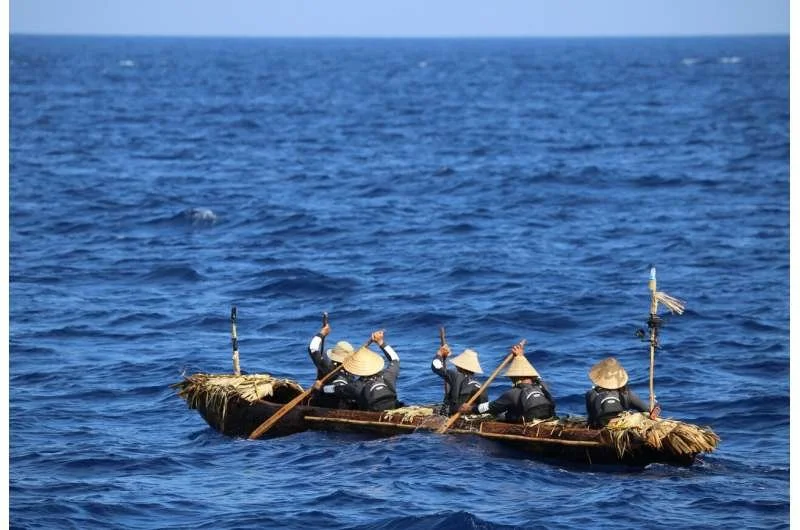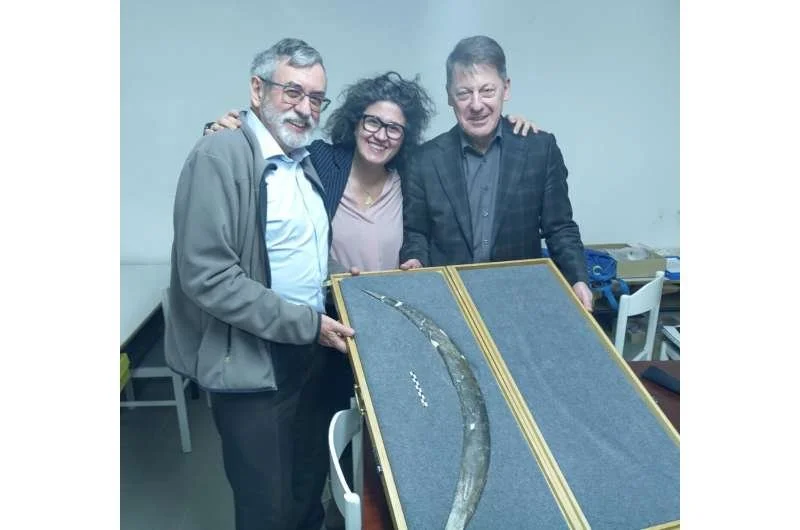The Terracotta Army stands as one of the most remarkable archaeological discoveries in history. Unearthed in 1974 near Xi’an, China, this vast collection of life-sized clay soldiers, horses, and chariots was created to accompany Qin Shi Huang, the first Emperor of China, into the afterlife. The sheer scale, detail, and historical significance of this army provide insight into the burial practices and beliefs of the Qin Dynasty (221–206 BCE).
Discovery and Excavation
The Terracotta Army was discovered by local farmers digging a well in Shaanxi Province. What they initially mistook for pottery shards soon led to a full-scale excavation revealing thousands of intricately crafted soldiers, each with unique facial expressions and armor. These figures were positioned in battle formations, suggesting an attempt to replicate the emperor’s actual army in life. Further excavations have since uncovered additional pits containing archers, cavalry, chariots, and even acrobats and musicians, indicating the emperor’s desire for a well-rounded afterlife.
Purpose and Symbolism
Qin Shi Huang, known for unifying China and standardizing writing, currency, and measurements, sought to maintain his rule beyond death. The construction of the Terracotta Army was part of an elaborate burial complex designed to mirror his empire, ensuring he had protection and companionship in the afterlife. This practice aligns with ancient Chinese beliefs in the afterlife, where individuals were thought to continue their existence in another realm.
Craftsmanship and Innovation
Each soldier was meticulously crafted using molds and then customized with detailed features, making every figure unique. The statues were originally painted in vibrant colors, though most have faded over time due to exposure to air. Advanced production techniques, including assembly-line methods, were employed to create this massive army, showcasing the technological prowess of the Qin Dynasty.
Legacy and Cultural Impact
The discovery of the Terracotta Army has significantly contributed to our understanding of ancient Chinese culture and military strategy. It has also drawn millions of visitors to Xi’an, reinforcing the site’s importance as a UNESCO World Heritage site. The army continues to be a subject of research, with ongoing excavations uncovering new artifacts and insights into Qin-era craftsmanship and burial customs.
The Terracotta Army remains a powerful testament to the ambition and vision of China’s first emperor. As excavations continue, the mysteries surrounding this vast necropolis promise to deepen our appreciation of ancient Chinese civilization and its enduring legacy.







